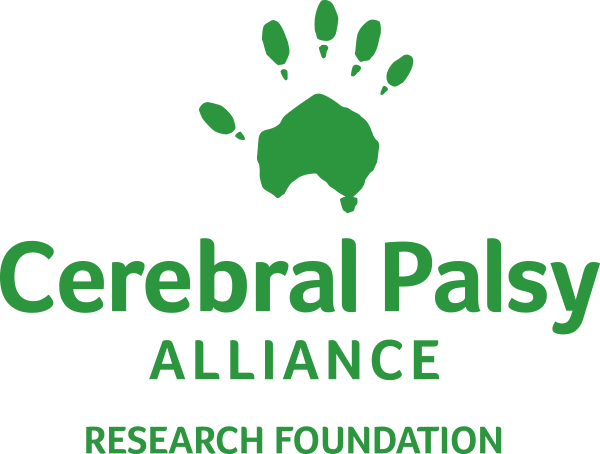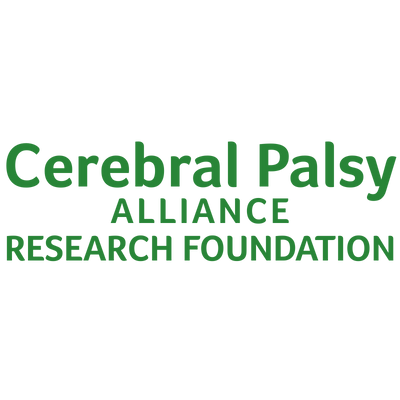Our research priorities advance our mission to fund the best US-based research to change what’s possible for cerebral palsy.
Research projects receive funding from CPARF based on scientific merit as determined by reviewers. As new evidence arises, research priorities may change.
Despite cerebral palsy being the world’s most common lifelong physical disability, there is still a lot to be understood about CP into adulthood.
While the initial brain injury doesn’t change, cerebral palsy’s effect — from years or decades of wear and tear — often does change as people age. This can result in decreased balance, stamina, mobility, and other effects, and varies from person to person.
From aging, and changes in mobility, to better access to ongoing care and support, the needs of adults with CP matter and we’re working to ensure that those needs can be met.
Chronic pain is real, common, and complex for people with CP — and chronic pain is the least-researched aspect of this prevalent disability. CPARF is working with the world’s best scientists to change that.
CPARF is looking at the whole picture and asking important questions. Can we prevent chronic pain by addressing it in infancy? How does gender affect the way someone experiences pain and processes medication at a cellular level? How do we develop additional treatments that decrease spasticity, thus maintaining joint health and lessening two primary sources of pain for people with CP? How does chronic pain treatment affect someone with CP throughout their life? Does drug efficacy change as people age?
The answers we find will help us uncover effective chronic pain treatments for people of every age. Free of pain, people with CP will have more choices and more energy to follow their wants and needs. They can establish a career or start a new one that seemed unattainable before. They can earn the income they deserve and afford the housing that’s accessible to them. They can spend time with their friends and family. They can travel more easily. They’ll experience less physical and emotional stress. They can be in the moment and not worry about what the next one will feel like.
With CP, as with any brain injury, time matters — and there are so many babies who don’t get the care they need quickly enough due to their location or their circumstances.
The clock doesn’t start at birth — it starts in the womb — and the sooner we detect CP in a child, the sooner we can help them. Early interventions like physical, occupational, and speech therapy harness the brain’s high neuroplasticity — its ability to continuously change — during childhood.
By reaching children as early as possible, we can make the biggest impact on them throughout their lives. The research we fund makes therapies more comfortable and less scary, and we may reduce the need for later therapies and traumatic surgeries. They can live the lives they envision for themselves, feeling included and independent.
Genes may partially contribute to as many as 30% of CP cases.
Since CP is such a diverse condition, presenting in countless ways with co-occurring conditions, the genomic challenge is great. CPARF and the researchers we support are up to the challenge.
At its core, genomics harnesses what is already inside of someone to answer intrinsic questions and improve their lives. Since people with CP experience it in such specific, personal ways, genomics is ideally positioned to revolutionize treatment options.
Once it reaches its potential, we may be able to help someone optimize each aspect of their treatment — find a pain medication that works without undesired side effects, discover a physical therapy technique that works in concert with a drug, uncover ways to lessen exhaustion, and find a technology that works for someone’s exact type of CP.
If we know that a pregnant woman may be genetically predisposed to factors that increase the chances of CP, we could tailor her care to give her and her child the best possible outcome.
The potential positive implications are endless, and there’s so much more to learn and do.
Irreversible. That’s how brain injuries like CP have been perceived for decades. But CPARF recognizes that now is the time to challenge and change perceptions about brain repair. Regenerative medicine research does that by investigating ways that different types of tissues and cells encourage growth to help reorganize brain function, optimize brain function, or restore lost brain function.
Regenerative medicine represents a host of undiscovered possibilities for CP. Can we reverse the damage from a stroke in infancy? Can we reverse the damage that occurs when a baby stops breathing for too long? Can we coax the brain to heal itself? Will we be able to apply these advances to people of all ages, changing lives in ways we never thought we could?
If we can, it will open up a world of possibilities and choices for people with CP and their families.
CPARF knows that technology can revolutionize CP diagnosis and treatment, and that it can change the way people with CP experience the world. We are committed to funding research that embraces these possibilities.
Movement affects how people experience the world — in every possible way. Mobility technology can make it possible to reduce therapies and surgeries, foster more independence, and improve quality of life.
Communication is key. It’s part of every interaction, central to every relationship, and included as a qualification on nearly every job listing. Technology will unlock communication for the people with CP who can’t use current technology. It will recognize their voice and include them in ways they’ve never experienced before.
People with CP have always had their own voice, but they’ve often had to forfeit privacy, endure awkwardness, and rely on others to say their words for them. Communication technology will amplify their ability to share their thoughts and imbue them with their own personality.
Technology will reshape what we know about CP and turn dreams into reality.

